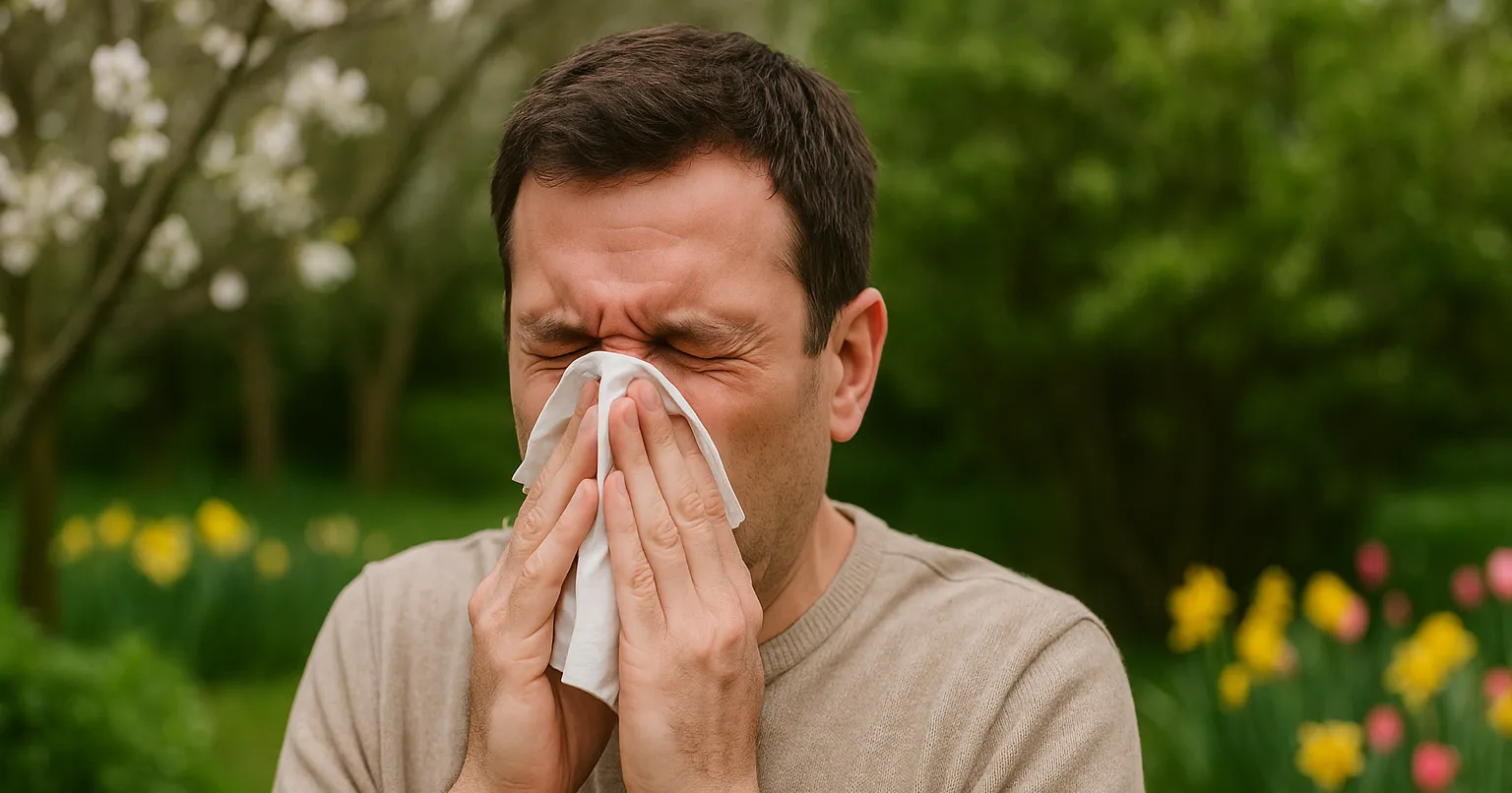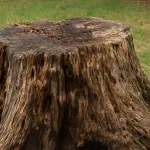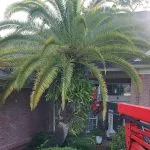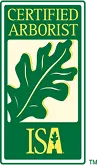Breathe Easier This Spring: How Tree and Bush Removal Helps with Allergies
Spring brings blooming flowers, fresh greenery, and, for many people, unwelcome allergy symptoms. Sneezing, chest congestion, runny nose, and itchy eyes can make you dread going outside. Even a short walk to the mailbox can trigger a reaction if you’re surrounded by high-pollen plants.
While allergy medication can ease symptoms, reducing your exposure to allergens is even more effective. That’s where tree and bush removal comes in. At Bushor’s Tree Surgeons, we help homeowners in Jacksonville and beyond clear their property of allergy triggers, so they can enjoy spring without discomfort.
Trees and Shrubs: Hidden Allergy Triggers
Most people associate pollen with flowers, but trees and shrubs are major contributors to airborne allergens—especially in Florida.
According to ThoughtCo, many tree species produce pollen through their male flowers. Some trees are monecious, meaning both male and female flowers grow on the same tree. Others are dioecious, meaning male and female trees grow separately.
What does that mean for you?
- If you have a monecious tree, the entire tree produces pollen and is best removed.
- If your tree is dioecious, you can reduce allergens by removing the male tree (which releases pollen).
Don’t know what kind of tree you have? Our certified arborists can help you identify tree sex and species so you know which ones are causing the problem.
Allergy-Friendly Trees to Consider
Not all trees make your allergies worse. Some trees produce large flowers that rely on insects—not wind—for pollination. These species release very little pollen into the air.
If you’re planning to replace a problematic tree, consider allergy-friendly options like:
- Dogwood
- Magnolia
- Double-flowered cherry
These trees not only add beauty to your yard, but they also minimize allergy symptoms.
Why Tree and Bush Removal Makes a Difference
The closer allergens are to your living spaces, the more intense your symptoms may become. Bushes and trees planted near:
- Entryways
- Windows
- Walkways
- Porches
…can increase your exposure to pollen, especially when it’s windy or dry. Bushor’s Tree Surgeons can remove or trim these problem plants so you’re not hit with a cloud of pollen every time you step outside.
Tree and bush removal also reduces your chances of brushing against leaves and branches that leave irritating oils on your skin.
More Tips to Manage Seasonal Allergies
While you wait for your tree removal appointment, here are a few tips from WebMD to manage symptoms:
- Stay indoors on windy days or during peak pollen times (typically early morning).
- Check your own yard. You might unknowingly have high-pollen species like oak, birch, or willow trees.
- Watch what you eat. Some fruits and vegetables (like kiwis, almonds, pears, and hazelnuts) can worsen pollen reactions due to cross-reactivity.
- Shut windows and use air conditioning during high pollen counts.
- Wash up after being outside—this includes changing clothes, rinsing your face, and washing hands to remove pollen particles.
Expert Tree Removal in Jacksonville, FL
At Bushor’s Tree Surgeons, we’ve been helping Florida homeowners manage their outdoor spaces for over 50 years. Whether you need to remove a problematic bush, identify a high-pollen tree, or make space for allergy-friendly landscaping, we’ve got the skills and equipment to do the job right.
We offer:
- Tree and shrub removal
- Pruning and trimming
- Diagnosis of tree species and health
- Personalized recommendations based on your needs
Ready to Reduce Allergies in Your Own Backyard?
Don’t let seasonal allergies keep you indoors. Contact Bushor’s Tree Surgeons for a professional consultation. We proudly serve Jacksonville, Ponte Vedra Beach, and St. Augustine.







